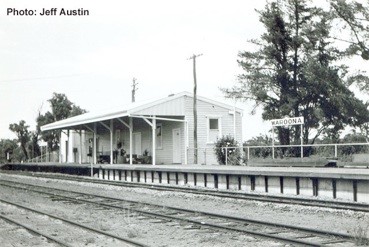 Lake Clifton
Lake Clifton
By Liam Garavanta-Hodkinson
There was once a train line that ran from Waroona to Lake Clifton. (I think the bulletin was a newspaper article)
From 1919 to 1921 lime sediment was pumped from the bottom of Lake Clifton through a pipeline into settling ponds where the water evaporated and was then loaded onto trucks by hand and sent by truck to the WA Portland Cement works at Burswood.
 A railway line was constructed from Lake Clifton to Waroona in 1921 and the shell material was sent along this line until 1924. The train carried lime in open railway wagons from the lime kiln at Lake Clifton to Waroona and then on to the WA Portland Cement works at Burswood. Sometime between 1922 and 1923, a rotary kiln was constructed to burn the sediment at the site. This operated for just 2 weeks and was then closed down as the lime proved to be unsuitable for cement manufacture.
A railway line was constructed from Lake Clifton to Waroona in 1921 and the shell material was sent along this line until 1924. The train carried lime in open railway wagons from the lime kiln at Lake Clifton to Waroona and then on to the WA Portland Cement works at Burswood. Sometime between 1922 and 1923, a rotary kiln was constructed to burn the sediment at the site. This operated for just 2 weeks and was then closed down as the lime proved to be unsuitable for cement manufacture.

The Lake Clifton Lime Works closed in September 1923 and the railway line was partly taken up in 1924 and transported to Lake Grace for the Lake Grace to Newdegate line. There are still signs of it.
The rotary kiln itself has been removed but the brick structure that was used to support it is still standing and in very good condition.
https://drive.google.com/file/d/1chJFc50ETj7veG6cBuHBKjJ3ccZLxiiS/view
Once there was a town site at Lake Clifton and people lived in tents as houses. The train line would get them to Waroona, but as the train line was no longer in use the people from the town were unable to continue to live in such an isolated area. Food and water wasn’t able to move to and from Waroona as quickly as required.